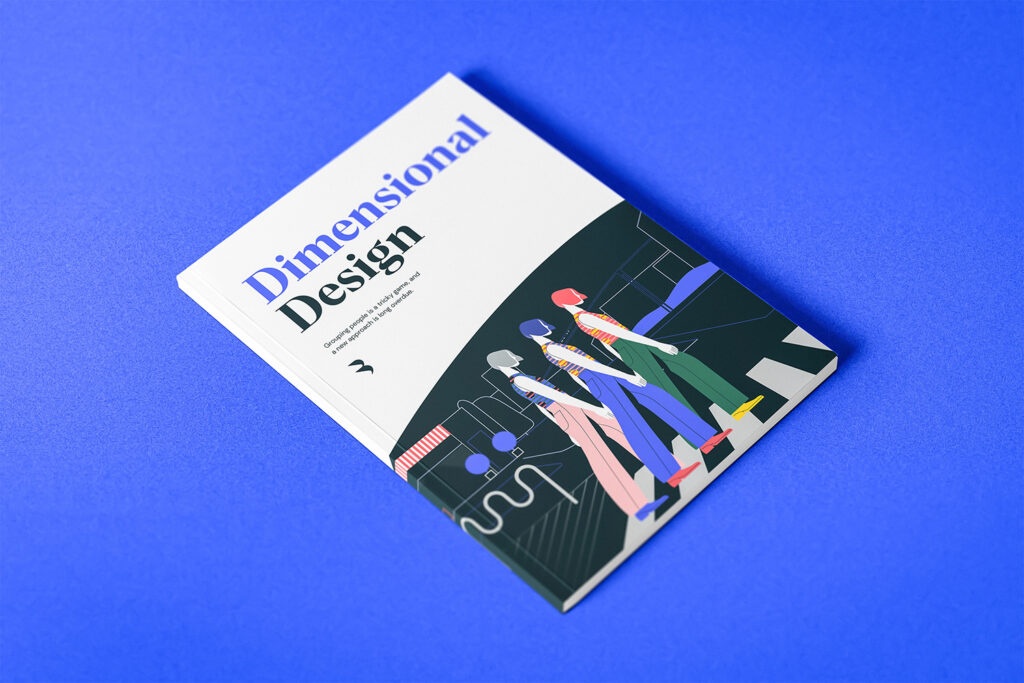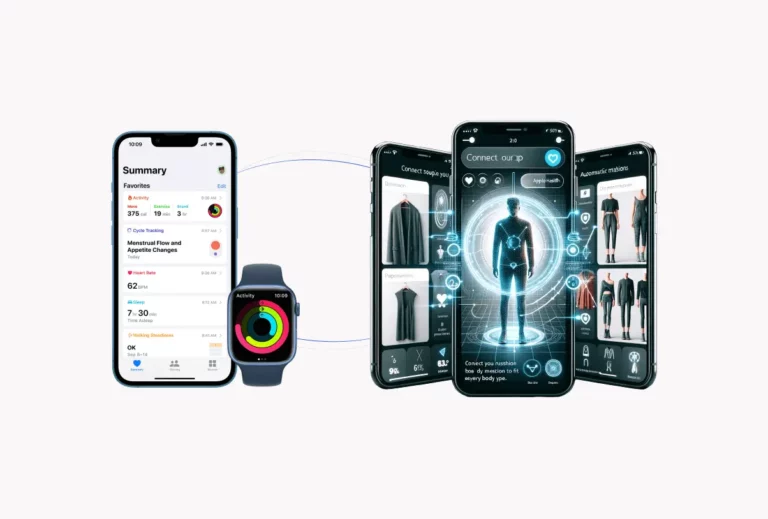The overriding ambition of our time is scale
We innovate so as to appeal to as many people as possible, as fast as possible. Whenever businesses invest in innovation, the dominant approach is to try and cast the widest possible net for potential customers, while still trying to target the most optimal profile of user to their solution – the ones that need or want it most. And, in theory, there is absolutely nothing wrong with this thought process. In practice, having this monodimensional understanding of consumers limit businesses’ ability to meet consumer needs and counter potential risks.
A new framework and approach to segmentation is long overdue
Today, a lot of the success stories that happen at scale usually depend on not making people feel excluded, and ultimately avoiding cultural backlash – think about the latest episodes of cancel culture you might have seen on Twitter. In a world that is more connected than ever before, excluding or offending even a single “fringe” group (once considered either irrelevant or not “ on target”) can quickly trigger the wrath of consumers more generally to a point of rallying even those who were once faithful to a brand or a product to give it up, replace it for alternative solutions, or actively start boycotting it.
Although the need to diversify a segment classification is certainly valued from the perspective of effective solving for user problems, designers will still address this by putting consumers into neat categories and boxes that help them design through the fogginess of assumptions: “Millenials who work from home”, “BIPOC single parents”, or “Gen Zs who belong in the LGBTQIA+ community” are some familiar categories you might have encountered before.
How often have you been asked to define your target customer or end user and you’ve answered broadly with a noncommittal “everyone and anyone” or responded with a very specific view of that audience as if they existed in a box? “Jane, the working mom, with three children and a household income of…”, well, you get the point.
You're grouping people the wrong way
Monodimensional understanding of consumers
The result of the monodimensional understanding of your consumers is to associate individuals with an all-too-familiar set of conventional labels that cover a lot of ground. While supporting in getting the job started, descriptive labels remain at the assumption level and are often left at a shallow understanding of other important contextual, cultural, or political cues. Of course, when a solution focuses on being something to everyone, it falls under the risk of becoming nothing to no one.
By only considering a very specifically defined audience, or not diving deep enough – for instance by giving personas a birth year, gender, or race, but not finding out what makes them tick -, companies often miss out on how to best retain and expand the reach of their products, services or businesses.
The fringes are becoming mainstream
Moreover, groups that have sometimes been considered to be on the fringes of society or who were once ignored as potential customers due to several constraints (financial access, systemic inabilities, etc.), now add up to be larger, collectively, than the so-called mainstream populations.
For instance, four years ago, only a small segment of consumers was concerned about plastic waste in the ocean, so they advocated for life without plastic. Today, entire nations have legislated to prohibit plastic straws entirely. Before COVID, some environmentalists were challenging people to rethink air travel and suggested moving to virtual meetings or choosing their proteins based on their environmental footprints. Now, businesses targeted toward sustainability-oriented populations are predicted to have a compound market growth that hits 26.4% this year.
Bottom line is, if you’re not including those fringes, you might also end up losing a chunk of the mainstream over the excluding factor itself, as consumers become increasingly aware and networked among each other and are constantly confronted with systemic changes that impact what is the “status quo” for consumption, society and, sometimes, human life itself.
There is a need for a perspective that acknowledges that demographic boxes, random adjectives and other traditional categories are not the only ways that people define themselves and navigate the world, while still allowing for the timesaving that businesses require to stay ahead of the game.

Why existing approaches to diversification are insufficient
With existing approaches to diversification, creators have had no choice but to lead with assumptions, the ones embedded in the traditional segmentation categories, the familiar personas, the options in the salad bar, and the types of data feeding the machine learning.
These assumptions are still a fundamental part of the designer’s job, implying and assuring the importance and obligation of careful validation work to (in)validate them. However, they naturally reflect our misguided notion of knowing our consumers deeply and better than they know themselves, even though our knowledge is at best a set of imperfect hypothesized generalizations.
Assumptions are a double-edged sword
In an effort to scale offerings to as many people as possible, companies often end up losing the nuance of who they are designing for. So, we’ve considered the implications of generalizing large cohorts of our consumer groups with the purpose of allowing you to gain deeper insights, make bigger moves, and design better experiences.
We’ve seen what happens when you design for “Businessmen on the go who read emails” and forget about the “Youngsters who are heavy users of social media” or even the “I like to play games in my phone” for the sake of assumptions. For far too long, we’ve held on to these “shotcut” preconceptions, grappling at reinforced definitions of who we are servicing and why is it important that we do so.
And there are many examples of this effect – both in the failures to recognise other layers of motivation or needs in fringe groups and in successes in recognizing a deeper layer of wants and needs beyond the same old boxed demographics. So we need a new framework that can consider the multidimensional layers of consumers and better prepare businesses for conversations beyond the here and now, and ultimately mitigate foreseen risks.
While innovation’s inherent nature is to be born of assumptions, the clever work relies on learning how to be more targeted and nuanced with those hypotheses, so that your business strategy considers the minutia of human dimensions as a means to scale it. Doing a better job of diversification and including nuances is important because the more you can design with an individual’s needs in mind, the more you can create a competitive advantage.
Standard personas don’t consider reactions to current events
The traditional approach to grouping people and creating a persona based on assumptions also fails to consider current events in enough time to respond and get ahead in an era where major disruptions are on the rise; think about recent events such as the COVID pandemic, the increasing severity of global-scale risks like climate change and both old and new political conflict; or even ongoing figures like the ever-growing population issue at developing nations – each of these elements could impact consumer behavior on unprecedented levels.
The potential of a modern approach
At Board of Innovation, we feel there is a more effective and inclusive way of doing business. In essence, a way to design that considers and ponders on the multiple dimensions of people, going beyond the same old demographic adjectives and learning about the triggers that shape their interaction with the world around them.
A business that can reach its consumers while nailing its expected value propositions can go beyond just marketing campaigns and develop better strategies to win – from existing efforts being expanded in as little effort (and cost) as possible to the creation and expansion of new revenue streams, and perhaps even to disruptions at an industry-level.
The Dimensional Design framework will help you avoid reducing your audience to over-simplified demographics. It offers a new framework for diving behind the triggers that shape human behavior, facilitating the understanding or predictions of how they might engage with your product, service, or business now or in the future.

Download the framework
Dive deeper and understand how to use this new framework for segmentation, so you can make what life needs next.


